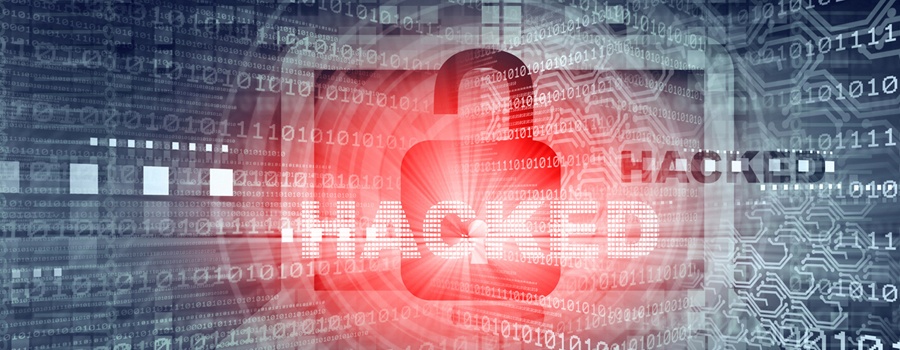Tag: computer
-

Cyber Security: Five Common Phish Attack Schemes
Hackers only need you, that’s right just you. They are sneaky and know the general population is busy and doesn’t pay close attention to the emails they receive. Hackers know people are comfortable in their daily habits. They exploit this behavior by creating email scenarios designed to encourage a click. They need just one person…